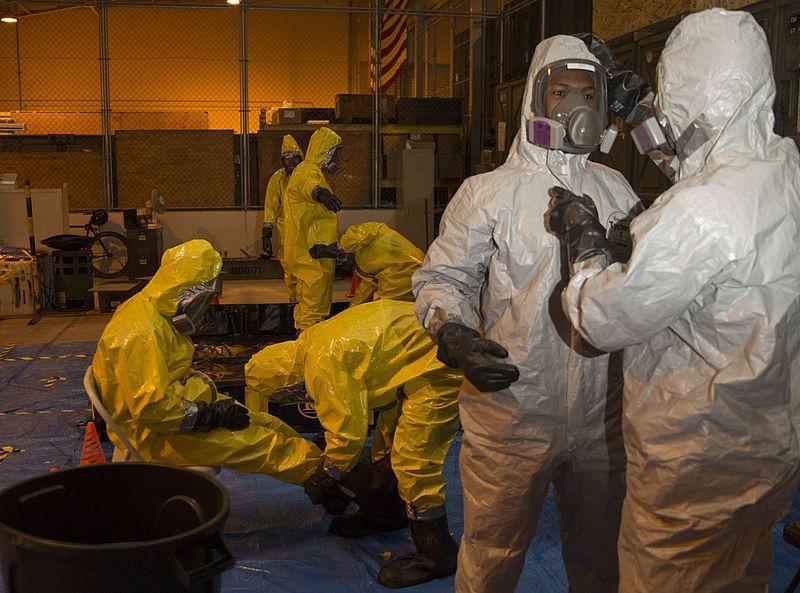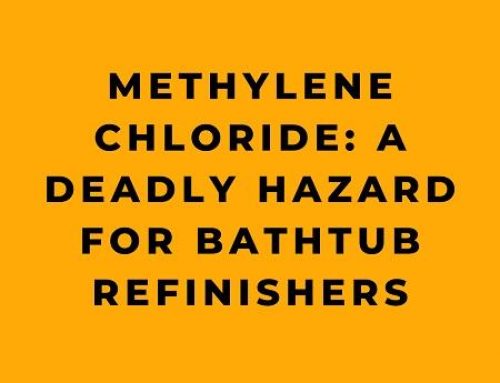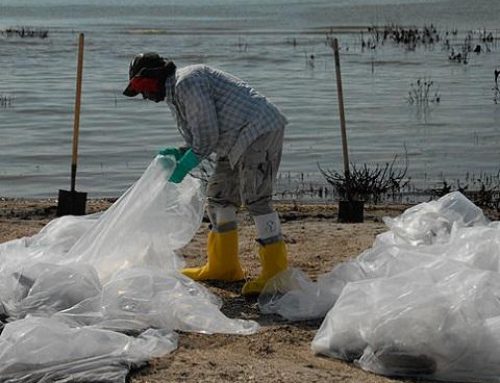Understanding Hazardous Waste Operations and Emergency Response (HAZWOPER) is important for businesses that handle hazardous materials or work in hazardous environments. HAZWOPER is a set of regulations that outline the safety protocols and procedures to protect workers and the general public from potential hazards. In this article, we’ll provide an overview of HAZWOPER and offer some helpful tips for businesses looking to understand and comply with the regulations.
What is HAZWOPER?
HAZWOPER is a set of regulations that outline the safety protocols and procedures to protect workers and the general public from potential hazards at hazardous waste sites. The regulations are administered by the Occupational Safety and Health Administration (OSHA) and apply to a wide range of industries, including waste management, chemical manufacturing, and construction.
Why is Understanding HAZWOPER Important?
Understanding HAZWOPER is important because it helps protect workers and the general public from potential hazards. By understanding the regulations and implementing effective safety protocols and procedures, businesses can minimize the risk of exposure to hazards and help ensure the safety of their employees.
In addition, understanding HAZWOPER is often required by law or regulatory agencies, such as OSHA, as a means of ensuring the safety of workers and the general public. By understanding and complying with HAZWOPER regulations, businesses can help ensure compliance with regulatory requirements.
Tips for Understanding and Complying with HAZWOPER
Here are ten tips to help your business understand and comply with HAZWOPER regulations:
- The first step in understanding and complying with HAZWOPER is determining if your business is covered by the regulations.
- Once you’ve determined that your business is covered by HAZWOPER, it’s important to understand the specific requirements of the regulations. This includes understanding the types of hazards covered by the regulations and the specific safety protocols and procedures that must be followed.
- Conduct a hazard assessment to identify the hazards present in your workplace and the potential risks associated with them.
- Develop a HAZWOPER program that outlines the safety protocols and procedures to be followed at your worksite. The program should be customized to the specific needs of your business and the hazards present at your worksite.
- Train employees on HAZWOPER: Proper training is crucial to ensure that employees understand and follow established HAZWOPER protocols and procedures.
- Use appropriate PPE when handling hazardous materials or working in hazardous environments to minimize the risk of exposure.
- Follow established protocols for handling and using hazardous materials to minimize the risk of exposure and accidents.
- Regularly review and update your HAZWOPER program to ensure it is still effective and in compliance with any changes in laws or regulations.
- Keep thorough records: Maintain thorough records of all HAZWOPER activities, including training and hazard assessments.
- Supplement your HAZWOPER program with ongoing training: HAZWOPER should be the starting point for ongoing safety training. Consider implementing regular safety training sessions or refresher courses to keep employees informed and up-to-date on safety protocols and procedures.
Conclusion
Understanding and complying with HAZWOPER regulations is important for businesses that handle hazardous materials or work in hazardous environments. By following the tips outlined above, businesses can take steps to protect workers and the general public from potential hazards. It’s worth noting that understanding and complying with HAZWOPER regulations is just one part of a successful safety program. Other key elements include work practices and engineering controls, personal protective equipment, and emergency response planning. To ensure the safety of your workers and compliance with regulatory requirements, it’s important to have a well-rounded program that addresses all of these areas.
Here are a few references, source materials, and supplementary material that a reader might find useful for further study and research on HAZWOPER:
- OSHA’s HAZWOPER page: https://www.osha.gov/SLTC/hazardouswaste/index.html
- HAZWOPER training resources from the National Institute for Occupational Safety and Health (NIOSH): https://www.cdc.gov/niosh/topics/hazwoper/resources.html
- HAZWOPER regulations from OSHA: https://www.osha.gov/laws-regs/regulations/standardnumber/1910/1910.120
- HAZWOPER training resources from the Environmental Protection Agency (EPA): https://www.epa.gov/hw/hazardous-waste-operations-and-emergency-response-hazwoper-training-resources
- HAZWOPER regulations from the EPA: https://www.epa.gov/laws-regulations/summary-hazardous-waste-regulations
- HAZWOPER training resources from the Occupational Safety and Health Administration (OSHA): https://www.osha.gov/dte/library/hazwoper/index.html
- HAZWOPER training resources from the Center for Disease Control and Prevention (CDC): https://www.cdc.gov/niosh/topics/hazwoper/resources.html
- HAZWOPER training resources from the National Safety Council (NSC): https://www.nsc.org/home/industries/chemical-manufacturing/hazwoper
- HAZWOPER training resources from the American Society of Safety Professionals (ASSP): https://www.assp.org/resources/toolkits/hazwoper
- HAZWOPER training resources from the American Industrial Hygiene Association (AIHA): https://www.aiha.org/education-and-events/Pages/Hazwoper-Training.aspx
Do you need Online HAZWOPER Training? Try our free demonstration of our Understanding HAZWOPER online training program:
Excerpt from our Understand HAZWOPER Online Training Course
The following outline summarizes the major points of information presented in the program. The outline can be used to review the program before conducting a classroom session, as well as in preparing to lead a class discussion about the program.
In 1976, the U.S. Environmental Protection Agency (EPA) issued the Resource Conservation and Recovery Act (RCRA) to regulate the handling of hazardous waste Afrom cradle to grave”.
— RCRA covers operations which generate, treat, store or dispose of hazardous waste.
In 1980, the EPA issued the Comprehensive Environmental Response, Compensation and Liability Act (CERCLA).
— Also known as “superfund”, CERCLA made provisions for the cleanup of abandoned and uncontrolled hazardous waste sites not covered by RCRA.
In 1986, CERCLA was amended by the Superfund Amendments and Reauthorization Act (SARA).
— SARA provided nine billion dollars to fund hazardous waste cleanup operations.
— It also charged OSHA with establishing standards to protect workers on hazardous waste sites.
The Occupational Safety and Health Administration (OSHA) was created in 1970 as a part of the occupational safety and health act.
— This act requires employers to provide “a place of employment free from recognized hazards that are likely to cause death or serious physical harm to employees.”
— Congress empowered OSHA to enforce safety standards through inspections, citations and fines.
In 1986, when the EPA charged OSHA with the task of protecting HAZMAT workers, OSHA issued the Interim Final Rule for Hazardous Waste Operations and Emergency Response.
— Also known as “HAZWOPER.”
In 1990, this HAZWOPER rule was finalized. It affects workers involved in:
— Hazardous waste treatment, storage and disposal.
— Hazardous waste cleanup operations.
— Emergency response operations where hazardous materials are present.
The purpose of this program is to help you understand:
— The HAZWOPER regulation.
— Your rights and responsibilities as someone who works with hazardous materials.
— How to work safely around hazardous substances.
What makes a substance “hazardous”?
— There is no simple answer.
— You need to look at several sources of information to get a complete definition.
In OSHA’s Hazard Communication Standard, a “hazardous chemical” is defined as any chemical which poses either a physical hazard or a health hazard. according to OSHA, chemicals that present “physical hazards” include:
— Combustibles.
— Flammables.
— Explosives.
— Oxidizers.
— Organic peroxides.
— Reactive chemicals.
— Compressed gases.










